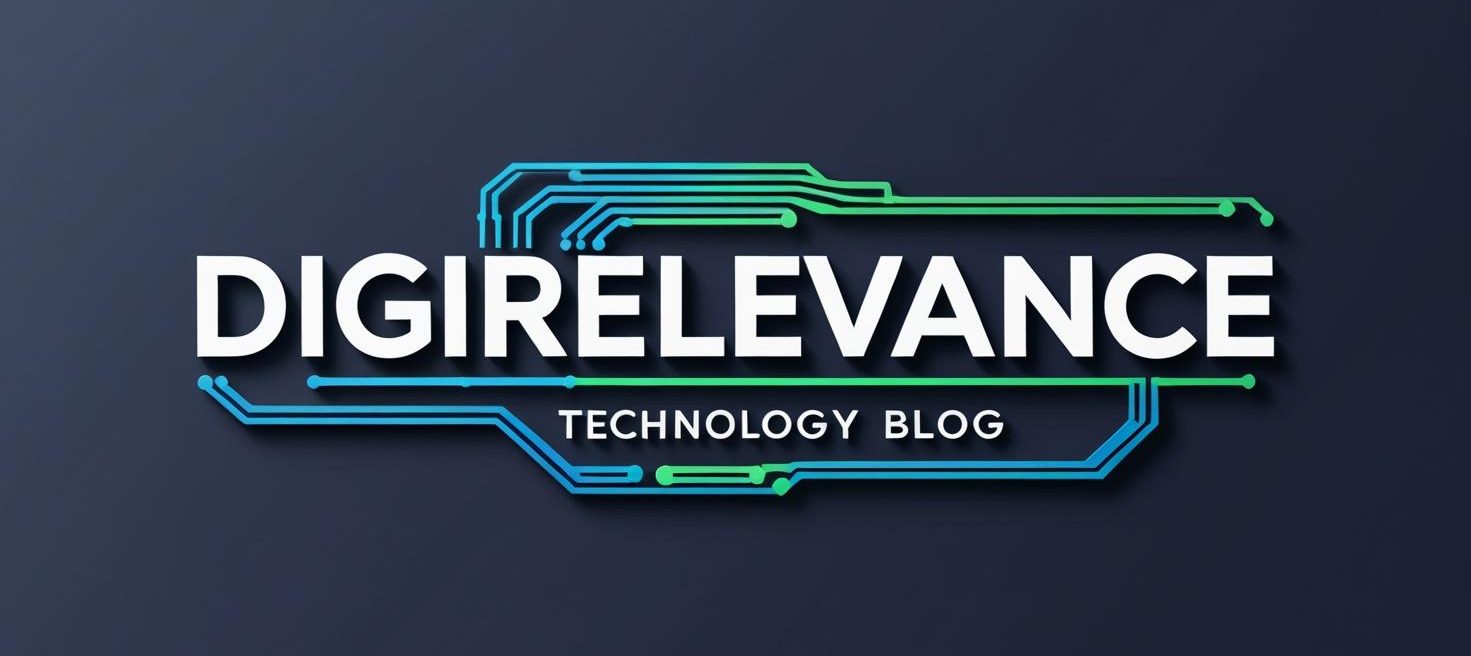
Let’s be honest, the release of GPT-5 was less than underwhelming, so much so that we saw OpenAI quickly re-instate earlier models to keep consumer workflows running.
But what comes after GPT-5? If you think it’s just another incremental upgrade, think again. OpenAI CEO Sam Altman is already charting a course that suggests a seismic shift—not only in the AI models themselves but in how businesses and society will fundamentally engage with artificial intelligence.
We’re on the cusp of GPT-5’s release (again), touted to deliver sharper reasoning and deeper contextual understanding than any language model before it. But Altman’s remarks go beyond technical specs. He envisions a future where AI doesn’t just process text, but steps into roles requiring autonomy and creative partnership. Imagine AI systems that move past reactive tools to become proactive collaborators, making decisions, generating insights, and integrating seamlessly into everyday workflows.
This vision is no pipe dream. With OpenAI’s recent multi-billion-dollar funding rounds—highlighted by Microsoft’s strategic investments—and burgeoning competition, the race to build next-gen “foundation models” is intensifying. These forthcoming models won’t be limited to text; they’ll integrate speech, video, and actionable business intelligence. The market is rapidly evolving from experimental AI assistants to indispensable engines driving innovation and operational efficiency across industries.
Other AI leaders are accelerating in parallel. Google DeepMind’s new Gemini model promises faster inference and tighter safety controls, signalling its readiness for enterprise adoption. Meanwhile, startups like Anthropic, buoyed by venture capital, prioritise ethical alignment and interpretability—answering increasing demand from
corporate leaders who weigh trust and governance alongside raw capability. This maturation phase in AI development signals a shift: robustness, usability, and ethical responsibility are becoming inseparable from performance metrics.
Money talks, and AI’s current funding landscape confirms this isn’t a passing trend. Recent global investment rounds have exceeded $2 billion, particularly targeting specialised language models tailored for healthcare, finance, and legal tech. CFOs and CIOs are no longer asking whether AI should be part of their strategy, but rather how quickly and responsibly it can be scaled. For the tech workforce, this creates an urgent call—mastering AI literacy, ensuring data quality, and building seamless integration pipelines are now prerequisites, not optional extras.
Looking at where Altman and his peers are steering us, the AI future feels less about automation replacing humans and more about augmentation at scale. The real power lies in blending human judgment with machine intelligence to dramatically enhance productivity, creativity, and decision-making. But this raises tough questions for organisations: How do we balance speed of innovation with ethical deployment? How do we prepare workforces for these changes without exacerbating social inequities?
To me, the biggest challenge and opportunity in this new chapter is striking that balance. As GPT-5 nears launch and the industry eyes what’s next, AI is poised to become foundational infrastructure—not just a tool, but a strategic asset that redefines competitive advantage and societal impact. Businesses that recognize this early
and invest thoughtfully will lead; those that don’t risk falling behind in a rapidly reshaping landscape.
As AI moves beyond textual tasks into full-spectrum sensory and decision-making roles, how will your organisation ensure that innovation keeps pace with responsibility? The stakes have never been higher—and the conversation is still in its infancy.

